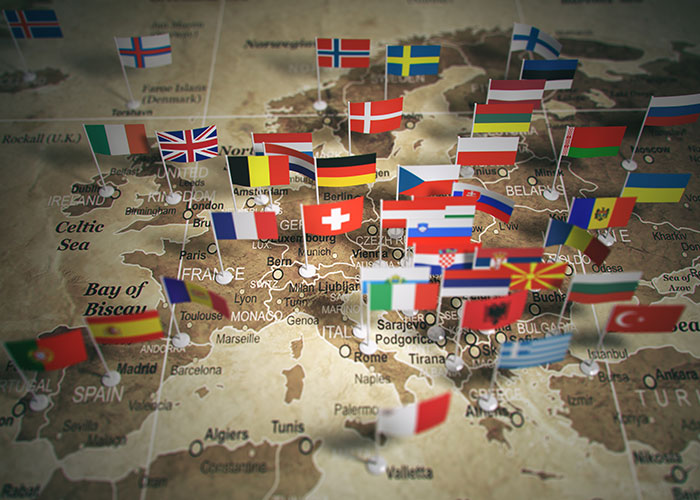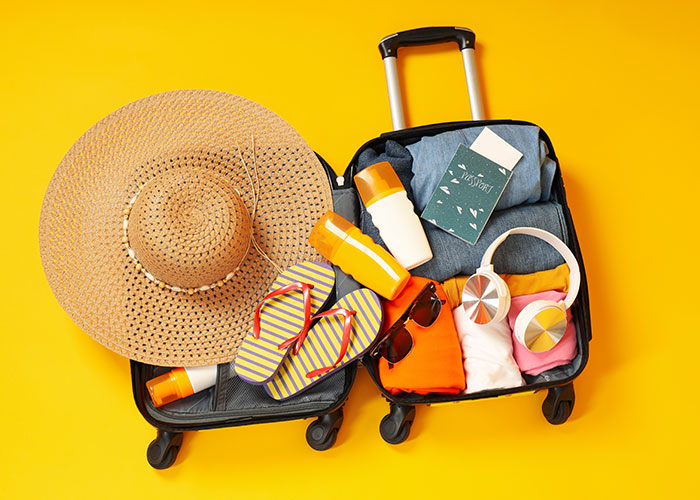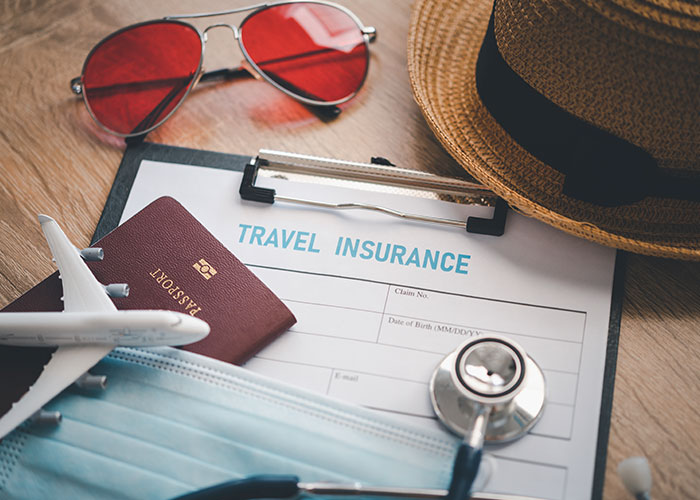
🧳 Before You Book: Start with the Basics
Before you get lost in dreamy Pinterest boards and Instagram reels, take a step back. Ask yourself:
🌍 Where Should I Go?
Europe’s got a lot going on, and it’s easy to get overwhelmed. For a first trip, don’t try to “see it all.” You’ll end up exhausted and miss the fun.
Stick to 2–3 countries tops—even just one is totally valid. A few starter-friendly combos:


✈️ Booking Flights: What to Know
Major cities like London, Paris, Frankfurt, and Amsterdam are your best bet for cheap flights from North America or Australia.
Avoid super short layovers and double-check airport locations (some “budget” airports are way outside the city).
🚆 Getting Around Once You’re There
The good news? Europe is made for travelers. Getting from place to place is part of the fun.
Apps like Omio, Trainline, and Rome2Rio will be your best friends.


💶 Money Tips
Watch out for tourist traps and classic scams (like the “friendship bracelet” trick or fake petition signers). A little awareness goes a long way.
🏨 Where Should I Stay?
It’s less about stars and more about location. A small, clean hotel in a central neighborhood is often better than a flashy one far from the action.
Book early if you’re traveling in summer or near holidays. Always check reviews, and look for places near public transit.


📱 Staying Connected
🛂 What Documents Do I Need?
Always check official sites before you go. Things change!


🧥 Packing: Keep It Light
Dragging a giant suitcase over cobblestones isn’t fun. Trust us—less is more.
Pro tip: Roll your clothes to save space and avoid wrinkles.
😊 Quick Culture Tips
Slow down, be polite, and you’ll get smiles back.



